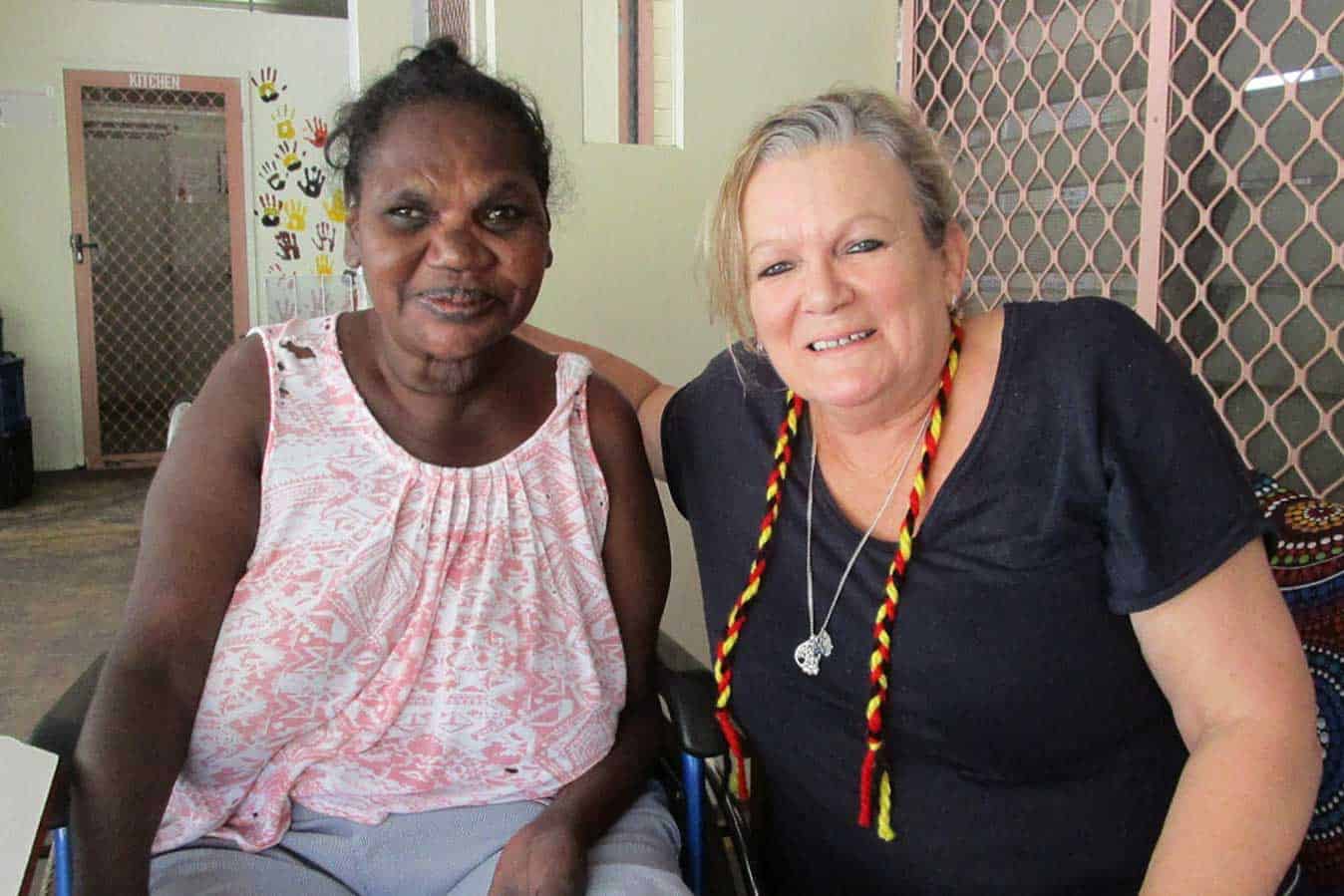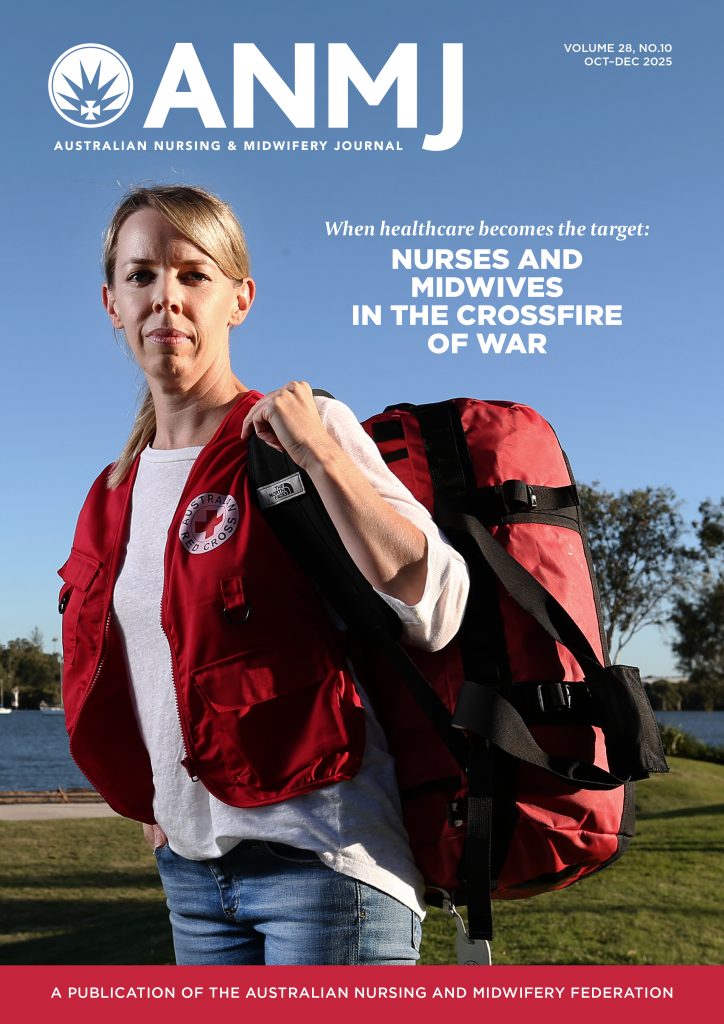Registered nurse Jenny Messell completed her training in 1976 and was quickly drawn to a career in aged care.
It’s little surprise, given that her mother, also an RN, used to work in a nursing home in Sydney and Jenny took on jobs in the kitchen and laundry while still at school.
“Mum was working in one for many years and having a lot of dealings with going to the nursing home growing up I just became interested in the older people and their stories. They’ve all got a story to tell,” Jenny recalls.
Jenny has been involved in the sector ever since and for the past 23 years has worked at the Juninga Centre, a predominantly Indigenous nursing home in Coconut Grove in the Northern Territory.
After starting on the floor as an RN, Jenny is currently the service manager and oversees the running of the facility, which is operated by Australian Regional & Remote Community Services.
Earlier this year in May, she was crowned the 2019 Territory Nurse/Midwife of the Year for her dedication and commitment to delivering the highest quality clinical and culturally appropriate care to Juninga’s Indigenous residents and their families.
Jenny was recognised for her leadership, nursing care, attention to cultural safety and promoting a positive and inclusive workplace culture.
“I was actually quite shocked. There’s so many brilliant nurses out there,” Jenny says of her reaction to receiving the honour.
“I just feel like I’m doing the best job I can. I don’t feel I’m doing any better than any other aged care nurse. I’m just trying to keep the residents safe.”
Juninga has space for 26 residents, including 24 permanent and two respite.
It also contains 10 cabins for more independent people but nurses still hand out medications and their meals are provided.
Staff numbers include eight permanent and eight casual RNs and a mixture of 26 permanent and casual carers.
“I worked here as an RN on the floor and then about 13 or 14 years ago I was asked if I would like to be the director of nursing (DON) and it’s just gone from there,” Jenny explains of her career progression at Juninga.
“I think it made it easier that I knew all the residents quite well and I knew all the staff.”
Jenny says the Indigenous residents at Juninga experience multiple chronic diseases, including renal disease, diabetes, heart issues and dementia.
As part of the facility’s efforts to provide culturally appropriate care, it runs programs such as church services, lights campfires, plays traditional music and cooks up bush tucker such as kangaroo.
“We try and find out as much as we can about the residents when they first come to Juninga,” Jenny says.
“You’re learning about their past history and their cultural ways and what they used to do when they were younger to keep that interest incorporated into their lifestyle while they’re here.”
While Juninga is making inroads, Jenny says more could be done to attract greater numbers of Indigenous people to work in aged care.
“A lot of Indigenous people are trained up for caring and then they work in their communities, which is fantastic, because that way they can probably keep people on communities longer.
“A lot of the communities do have aged care but it’s sort of low care so when residents get to the high care stage they [staff] can’t manage them and that’s when they come into the city.”
After chalking up 23 years at Juninga, Jenny says she still relishes the job as much as ever.
“I think in the end just seeing a smile on their [residents’] faces and just watching them enjoy life [is the greatest reward]. When they are just sitting around the campfire listening to music, just watching them being content, it sort of keeps you going, to think you are achieving something.”








